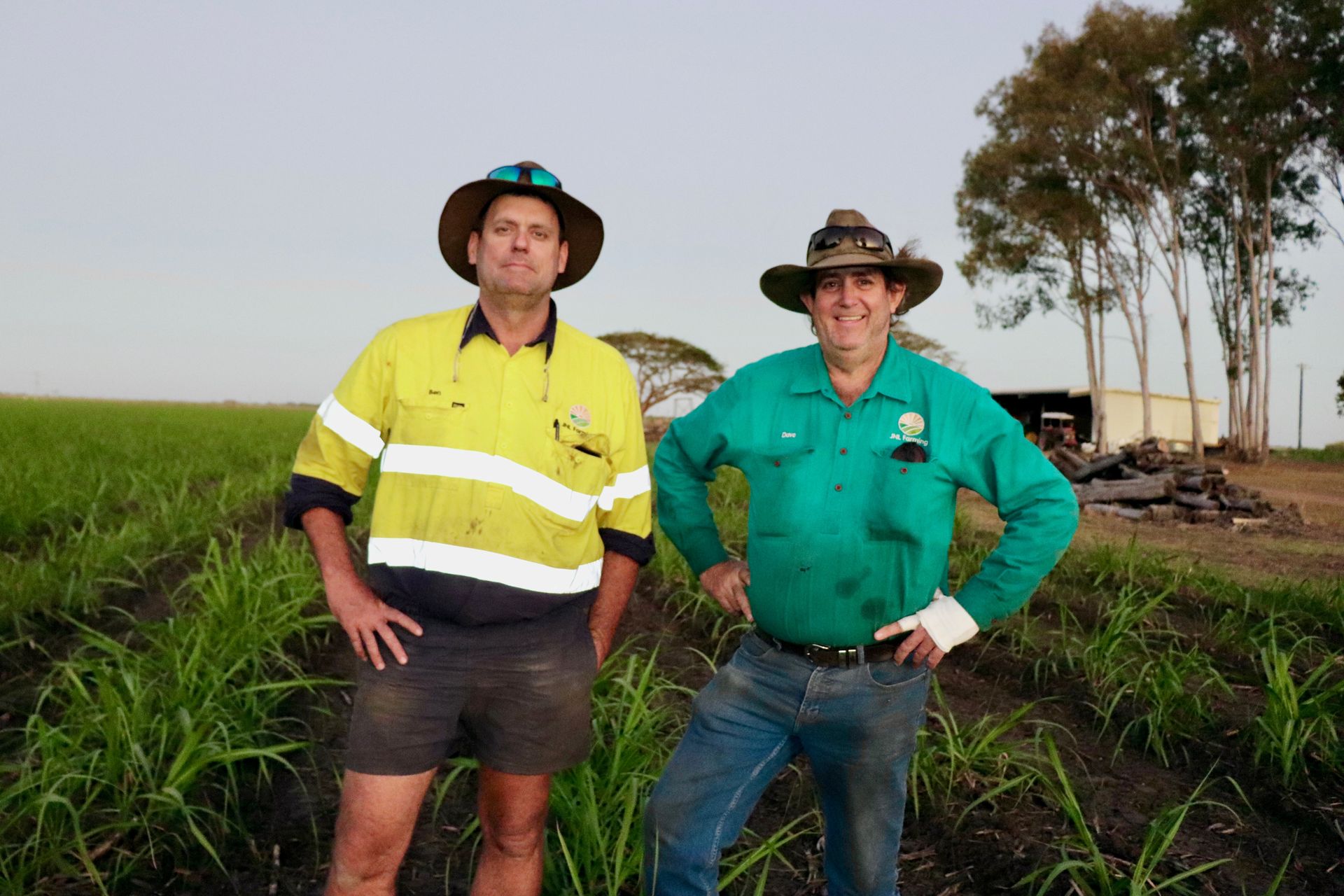Dr Jared Greenville is Executive Director of the Australian Bureau of Agricultural and Resource Economics and Sciences (ABARES), leading a comprehensive program of economic analysis and scientific research across Australian agriculture, fisheries and forestry. He also represents Australia at OECD forums on sustainable agricultural production, global food security and climate policy.
Breaking down the barriers of non-tariff measures
With increased global trade volatility, now is the time to intensify efforts to address the growing burden of non-tariff measures on the export interests of our country’s farmers. But resolving them is a complex process requiring sustained strategic effort.

Average bilateral agricultural tariffs have steadily declined since 1995 (even accounting for the current ‘American First’ policies), driven by sustained government initiatives to reduce trade barriers through both bilateral and multilateral free trade agreements.
However, more recently, the number of non-tariff measures (NTMs) applied to Australian agriculture has risen ninefold, according to UN Trade and Development.

Innovation in traceability systems and other on-farm technologies have already provided an avenue to combat the rise in NTMs by extending access to new and existing markets as well as increasing productivity for exported commodities.
However, there are still concerns that, over time, countries are using these to create new forms of barriers to trade, replacing the tariffs that used to exist. Countries are placing heavier requirements on imported goods to protect local biosecurity, improve environmental credentials, and ensure consumer safety.
NTMs impose higher costs for Australian agricultural exporters by restricting products entering the country unless they satisfy specific requirements, such as licensing requirements and product labelling requirements, amongst others.
However, some of these measures are needed to underpin government and consumer confidence in trade – for example we need to ensure that imported food is safe to eat and free from biosecurity threats.
But even if there are good reasons for specific NTMs, questions need to be asked around whether the outcomes sought can be achieved with lower compliance costs.
But sorting the more protectionist measures, or barriers, from the more legitimate measures requires effort.
The Department of Foreign Affairs and Trade defines measures it considers barriers – termed non-tariff barriers or NTBs as “any kind of 'red tape' or policy measure, other than tariffs or tariff-rate quotas, that unjustifiably restrict[s] trade.”
The first step in understanding whether these measures create barriers to trade is to understand the impact that the full range of NTMs are having on our trade. ABARES analysis has quantified this impact on bilateral trade at a product level, finding that they now cause the equivalent change in trade as a 19 per cent tariff—and this has also been growing over time.

If these compliance costs could be removed, exporting would become less expensive for business and our exporters would likely find it easier to access a wider range of markets, thereby supporting government diversification objectives.
ABARES modelling shows that removing NTMs would bring annual benefits to Australian agricultural exporters exceeding $4 billion over the medium term, underscoring the importance of strong resourcing for technical market access negotiations to combat their growth.
Exports are the engine room of our agricultural, fisheries and forestry sector, earning $75 billion in 2023-24.

Consider also that around 70 per cent of our agricultural, fisheries and forestry production (by volume) is destined for international markets.
Better market access is therefore integral to Australian agriculture, the 244,600 direct jobs it provides, and the broader economy.
But efforts to address the challenges to trade posed by NTMs must be specific and targeted.
Negotiations to reduce or eliminate a non-tariff measures involve consideration of more factors than just the market impacts on trade and production.
Other factors like probability of success, resources required, and broader industry and governmental priorities should all come into play when developing negotiation plans.
A key step is to ensure we are not negotiating in the dark.
Using analysis like the recent ABARES work helps provide an information base on which questions can be asked and more tangible steps can then be taken. With tariffs already at zero across many of Australia’s key trading partners, reducing costs associated with NTMs offer a real opportunity for further economic cooperation.
Conclusion
Recent changes in the international trading landscape have generated clouds of uncertainty, but they may also have a silver lining.
Many of Australia’s trading partners are looking at ways to diversify their trade, opening the door for further conversation around improving bilateral and regional relationships.
For Australian agriculture there is an opportunity to double down on efforts to reduce the costs of NTMs and get traction on removing those that create genuine barriers to trade.
Leveraging our extensive network of bilateral and plurilateral free trade agreements and working to increase the number of export destinations spreads the risk, helping to safeguard our global competitiveness in the face of future shocks.
Australia has a strong recent history of successfully going into bat for our agricultural exporters.
In 2024, the Department of Agriculture, Fisheries and Forestry recorded a total of 83 technical market access achievements, which included opening 11 new markets, improving access to 37 markets, defending access to 28 markets and restoring access to seven markets where it was previously blocked (DAFF 2024).
With the imperative for trade reform now stronger than ever, we can build on this momentum to proactively advocate for fairer trading rules that govern the flow of agricultural products critically important to the sector’s competitiveness.
For more information read the ABARES paper Non-tariff barriers: A multi-billion dollar burden.
- In 2023–24 Australia agricultural, fisheries and forestry exports were valued at $75 billion.
- In the three years to 2023–24 Australia exported around 70% of the total volume of agricultural, fisheries and forestry production.
- Grains, oilseeds and pulses have been the fastest-growing export segment, growing at an average annual rate of 9% in real value terms between 2004–05 and 2023–24 (chart also included in attached Excel if required)
- China is the largest single export market for Australian agriculture, followed by the United States and Japan.

















